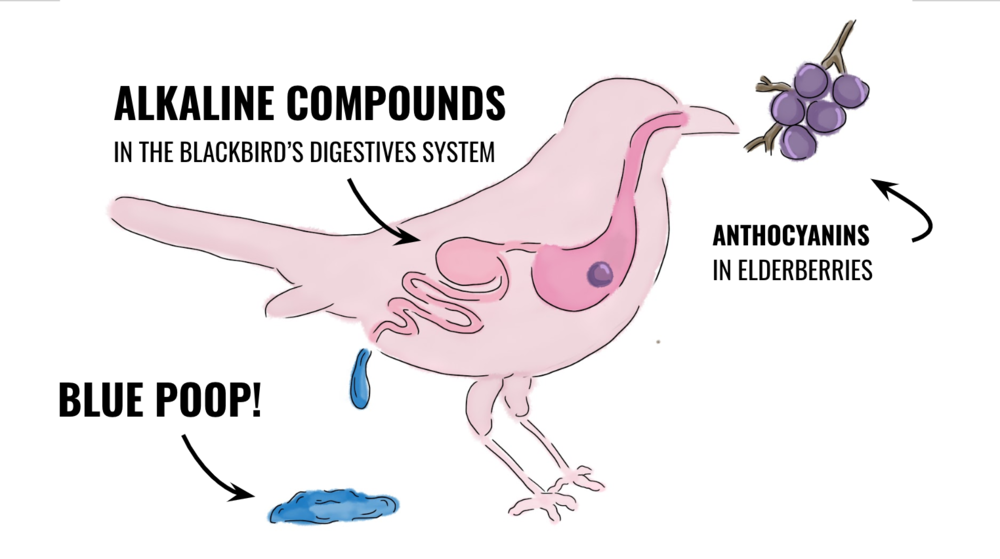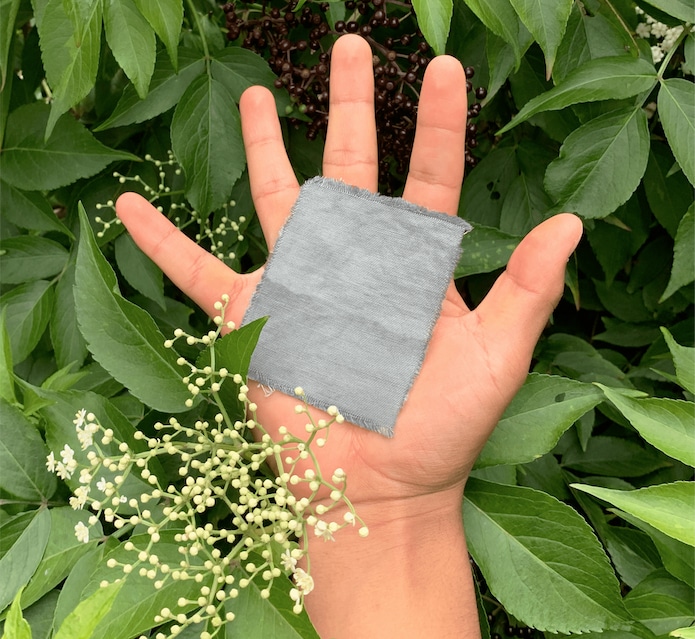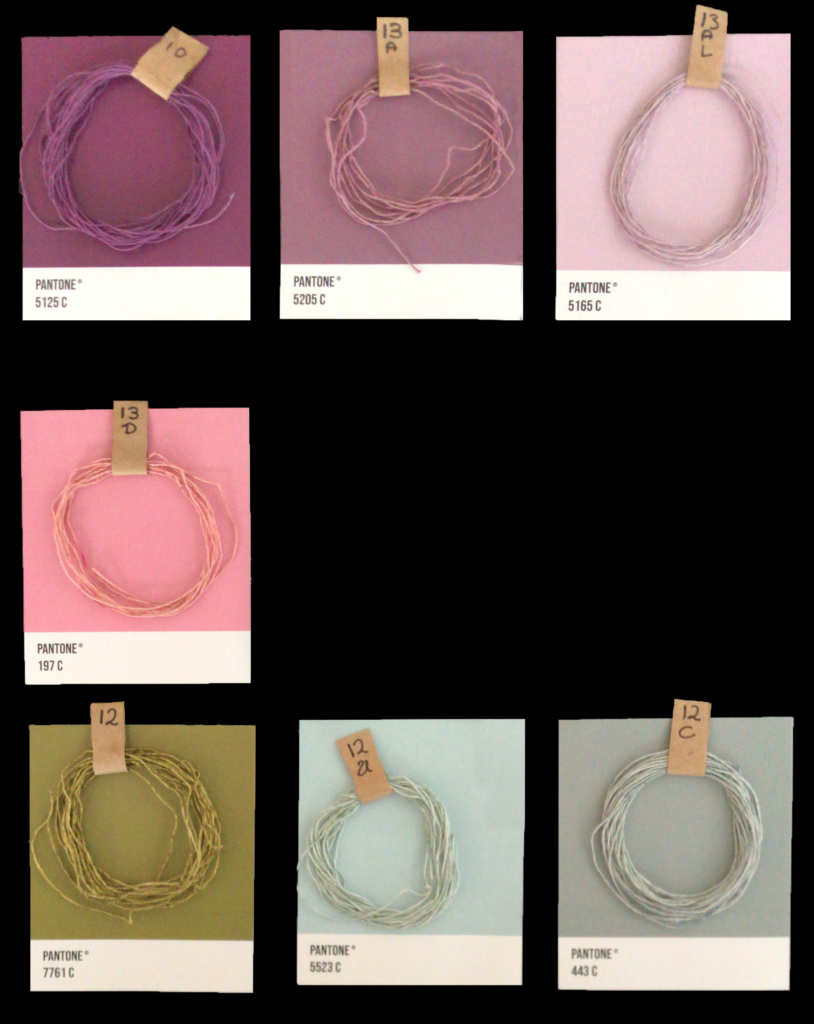Colombia (Bogotá)
Blackbirds are the inspiration for SauColors’ vibrant blue dye made from waste berries – a possible sustainable alternative for colouring denim.
The fruit of the elderberry plant is dark purple. And although elderberries are the favorite food of the blackbirds (Turdus fuscater) in Colombia, their droppings are a beautiful, rich blue. This is because the blackbird’s digestive system employs an alkaline compound that reacts with the pigmentation of the elderberries and creates an altogether different color.
Luis David Roa recognised the tinctorial potential of the fallen elderberries: “the extraordinary is hidden in what seems ordinary.” So, thanks to the very ordinary digestion process of the Blackbird, Luis founded the extraordinary SauColors.

There are over 85,000 elderberry trees in Bogotá, which produce an estimated 4,000 tons of waste berries. Luis used these wasted berries to replicate and adapt the reaction between the acidic pigment present in the berries, cyanide, and the alkaline of the bird’s stomach to create a vibrant blue dye, a possible sustainable alternative to blue dyes used for denim. Since then, he has been toying with acidity levels to produce reds and purples as well.

SauColors next steps include exciting upcoming collaborations, such as a capsule collection with Converse. Luis hopes biology will replace the harmful chemicals textile designers currently use. He says one of the challenges biodesigners face is the speed of consumerism. He prioritises “sustainability and respect for the natural world” in his design practice, through a practice of craft and the homemade, which can take time. Unfortunately, the fashion industry demands immediate results so they turn to synthetic dye makers who have had years to experiment with and perfect colours. “Saucolors, like many other startups, is still building a path,” says Luis. This path includes durability, scalability, and market pricing.

His motivation comes from understanding “that the best way to improve our life is working hand in hand with nature and not against it.” Luis says consumers can do this too by maintaining a sense of curiosity about the natural world and by demanding more sustainable options from the places we buy our clothes.
AtlasAction: See how your favourite companies prioritise sustainability in the latest Business of Fashion report.
► SauColors was mapped in Katrina Orsini’s AtlasChart: 4 companies cleaning up colour
Bio
Lover of lipstick and leopard print. Design historian focusing on biodesign and speculative design. Uses her own apartment as a lab to try to replicate biodesign. Fails repeatedly.
Project leader
Luis David Roa, Founder
Partners
This project has been selected as part of FashionFutures, a new content channel that maps the work of people transforming the fashion sector: the designers, craftspeople, social innovators, educators, community leaders and communicators. Atlas of the Future is excited to partner with Makerversity, with the support of The J J Charitable Trust and their network of fashion friends.
Support the Atlas
We want the Atlas of the Future media platform and our event to be available to everybody, everywhere for free – always. Fancy helping us spread stories of hope and optimism to create a better tomorrow? For those able, we'd be grateful for any donation.
- Please support the Atlas here
- Thank you!






